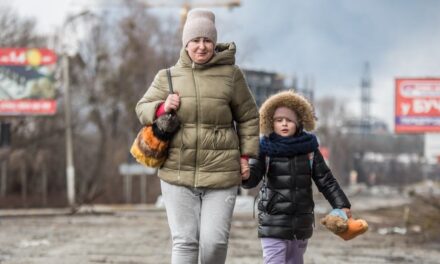
Between 2004 and 2018, individuals who received heart transplants from socioeconomically disadvantaged communities faced a 10 percent higher relative risk of graft failure and mortality within five years compared to those from more affluent areas. Furthermore, from 2018 to 2022, transplant recipients experienced approximately a 20 percent higher relative risk of mortality or graft failure within three years following the introduction of the 2018 UNOS Heart Allocation policy. This trend persisted even if the percentage of distressed patients remained the same in both time periods.
The American healthcare system still grapples with substantial socioeconomic disparities. While previous studies have demonstrated the impact of structural deprivation on cardiovascular health, the effect of community distress on survival after heart transplantation has remained unexplored.
Researchers utilized the Distressed Communities Index (DCI), which incorporates neighborhood factors like unemployment, poverty rates, median income, and housing vacancies to assess community socioeconomic disparities. They also relied on data from the Organ Procurement and Transplantation Network (OPTN) to estimate the number of adult heart transplant recipients. Of the 36,777 heart transplant recipients, 7,450 came from economically disadvantaged areas.
However, the study has limitations, including the inability to pinpoint the locations of transplant centers in relation to socioeconomically disadvantaged communities and a lack of precise data such as test results and surgical times.
The disparity in outcomes expanded with the 2018 policy change, highlighting the association between structural community distress and lower survival rates following heart transplantation. Addressing the social determinants of health through new structural and systemic interventions is imperative to enhance post-transplant care and outcomes for vulnerable populations. To prevent disproportionately harming underserved patients, risk stratification models should also incorporate the DCI.
The field of heart transplantation must urgently address the widening gap in outcomes exacerbated by the compounding effects of the COVID-19 pandemic, especially among already vulnerable groups.
Sara Sakowitz, a medical student at the David Geffen School of Medicine at UCLA who led the study, commented, “While social determinants of health have long been recognized as shaping access to and outcomes following heart transplantation, the lack of clear metrics to measure such disparities has hindered the development of targeted interventions. Our work underscores the link between community-level socioeconomic distress and inferior survival after heart transplantation and further underscores the widening socioeconomic disparity gap. Policy changes are necessary to address persistent disparities in access to healthcare.”











